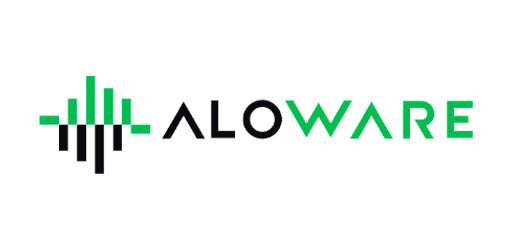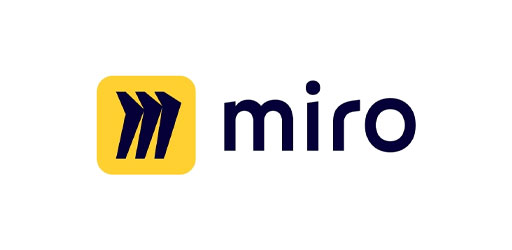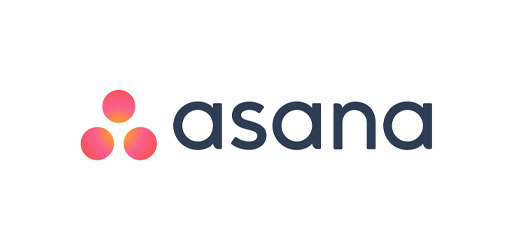Remote work has never been this popular in the business world. Although business processing outsourcing has been a thing in the last ten years, remote jobs are starting to sprout rapidly in the global workforce culture. Remote jobs or remote teams are workers who do their work out of the office, physical site, or usually work from home. A typical day of a remote worker is sitting in front of a computer, answering emails, calls, attending meetings, and doing their tasks.
It has been reported that 41% of companies worldwide have already offered remote work opportunities and this will continue to rise until 2028. This means that the demand for remote jobs will likely triple in the coming years and so is the demand for remote software or cloud-based tools. These tools offer mobility, security, functionality, and versatility for remote teams to do their tasks.
Right now, operations in business are virtually connected more than ever. Cloud-based tools made this possible by providing services that are accessible through the use of an internet connection. Managers and teams are experiencing real-time collaboration with instant access to information. All that is left is how they collaborate their ideas together when they are a hundred thousand miles away from each other.
Cloud-based tools are cloud services that deliver a variety of services such as file storage and backup, project management tools, and web-based emails. All these can be utilized by any remote worker. They can work in a coffee shop with wifi if they want to while sipping their favorite cup of macchiato in the morning.
If you are looking to set up a remote team in the future, here are the 5 best starter cloud-based tools for your remote teams.
1 – Slack

Slack is an internal communication tool for companies that handle a handful of employees. It serves as a chat for teams, departments, and one-to-one conversations. The channels serve as a “group chat” while you can always send a direct message to someone as long as you belong in the same workspace.
It serves as an asynchronous communication tool for teams from different time zones. Most often than not, you have to set boundaries and clear objectives for each channel you make. This is to make sure you will have a clutter-free workspace in Slack.
It can do voice calling within the team for huddles and coaching. Its voice calling also has the screen-sharing capability so you don’t have to book an online meeting for short standups. Lastly, it can be integrated with other tools like GSuite to keep you notified about updates and activities you and your team are working on.
2 – Loom

Ideally, your remote teams should always be present whenever there is a presentation for a new project, tools, or policies. Loom is a screen-sharing and screen-recording tool that can be shared via a generated URL. The URL can then be shared with team members and can be opened with a web browser.
Loom can let the presenter edit, crop, and customize the mouse pointer, highlight text, and record audio during a screen recording. Its video library can be directly accessed from any browser if your team wishes to review and watch a video at a later time. The free plan lets you record up to 5 minutes of video while the premium plan has no limits at all.
3 – Aloware

Aloware is a cloud-based phone system known for its omnichannel solutions for contact centers. Its contact center solutions revolve around sales and support. You can access the phone system, dashboard, and everything with a web browser which makes it a great tool for remote teams. Additionally, it has SMS/MMS capability to meet customer needs for omnichannel communication.
It features a power dialer that works best for remote sales teams. It can easily dial up to 500 leads a day with easy lean synchronization from your native contact database or CRM. It can do automatic SMS follow-up for appointment settings. It displays call and contact dispositions in the contact history of a lead. Finally, it comes with a 14-day free trial with no contract needed but a monthly-user subscription plan.
4 – Miro

Miro is an interactive virtual whiteboard for teams to collaborate, communicate and organize their ideas in one place. Your business may manage or launch a new project and remote teams should be involved around planning and brainstorming. This way, your remote teams are never out of touch with the details when they’re about to perform their work.
Its virtual whiteboard can be utilized for announcements, memos, presentations, reminders, new projects, policies, and even wishlists. You can add files, photos, presentations, links, and text in the tiles. The tiles can be customized in colors, size, labels, and arrows for emphasizing workflow arrangements. Miro comes with a free plan with 3 editable boards and unlimited team members.
5 – Asana

Asana is a productivity tool for remote teams in tracking daily and weekly tasks. It is a task management tool to bring together the team in one space and see what everyone is doing. You can monitor the daily movement of tasks in a project. You can set the time and duration of a particular task for a team member. You can make sure that your deadlines are being met on time and teams are working at their designated schedules.
Conclusion
Remote teams are challenging but rewarding at the same time. You get to enjoy the comfort of working anywhere in the world. You can hire great talent around the globe and be a globalized and diverse business. All you have to do is make sure to get them the best tools for their work and let your remote teams have the freedom to work independently.




